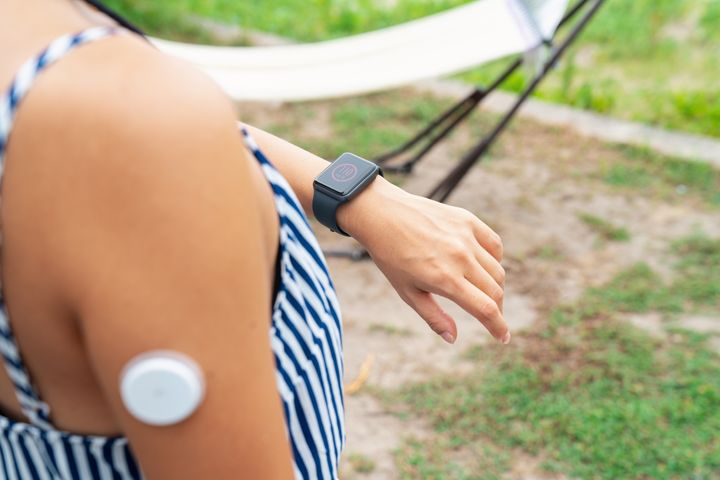
In England, all patients with type 1 diabetes will now be offered wearable technology to monitor their blood sugar levels within seconds.
It comes with an app, so the user can scan the monitor in a second and get a reading which will tell them if their blood sugar levels are at an appropriate level.
Type 1 diabetes is an autoimmune condition which cannot be prevented and makes up for about 8% of all diabetes cases.
“This announcement is the biggest step forward for type 1 diabetes care in years, allowing everyone eligible to have one of these easy to use pieces of tech if they want to – building on the success of the NHS in its rollout so far,” said national NHS specialty adviser for diabetes, Professor Partha Kar. “I am delighted to see NICE endorse the use of this technology.”
Who will this be offered to?
The monitors will be rolled out to all type 1 patients when previously only three in five were eligible. If you think you’re eligible for tech for the first time, speak to your healthcare team when you’re next due to see them.
The National Institute for Health and Care Excellence (Nice) has said 50,000 people will benefit after it recommended the use of real-time continuous glucose monitoring for all adults and children with type 1.
Diabetes UK said the decision was “transformational” for people with type 1 diabetes.
“What we are seeing today is a key shift in thinking – a move to recognising that technology is an integral part of diabetes management, not simply an added luxury,” said it’s chief executive Chris Askew.
How will this work?
The wearable monitor, which is the size of a £2 coin, will sit on a patient’s arm and check their glucose levels all the time.
It comes with app which will monitor their blood sugar levels and scan if they’re at an appropriate level.
Additionally, the app can monitor their glucose levels over time so patients can spot any worrying trends.
Dr Paul Chrisp, director of the centre for guidelines at Nice, said: “By recommending the use of either real-time or flash monitoring, our independent committee has made recommendations that will be a step forward in helping all people with Type 1 diabetes manage their condition.”